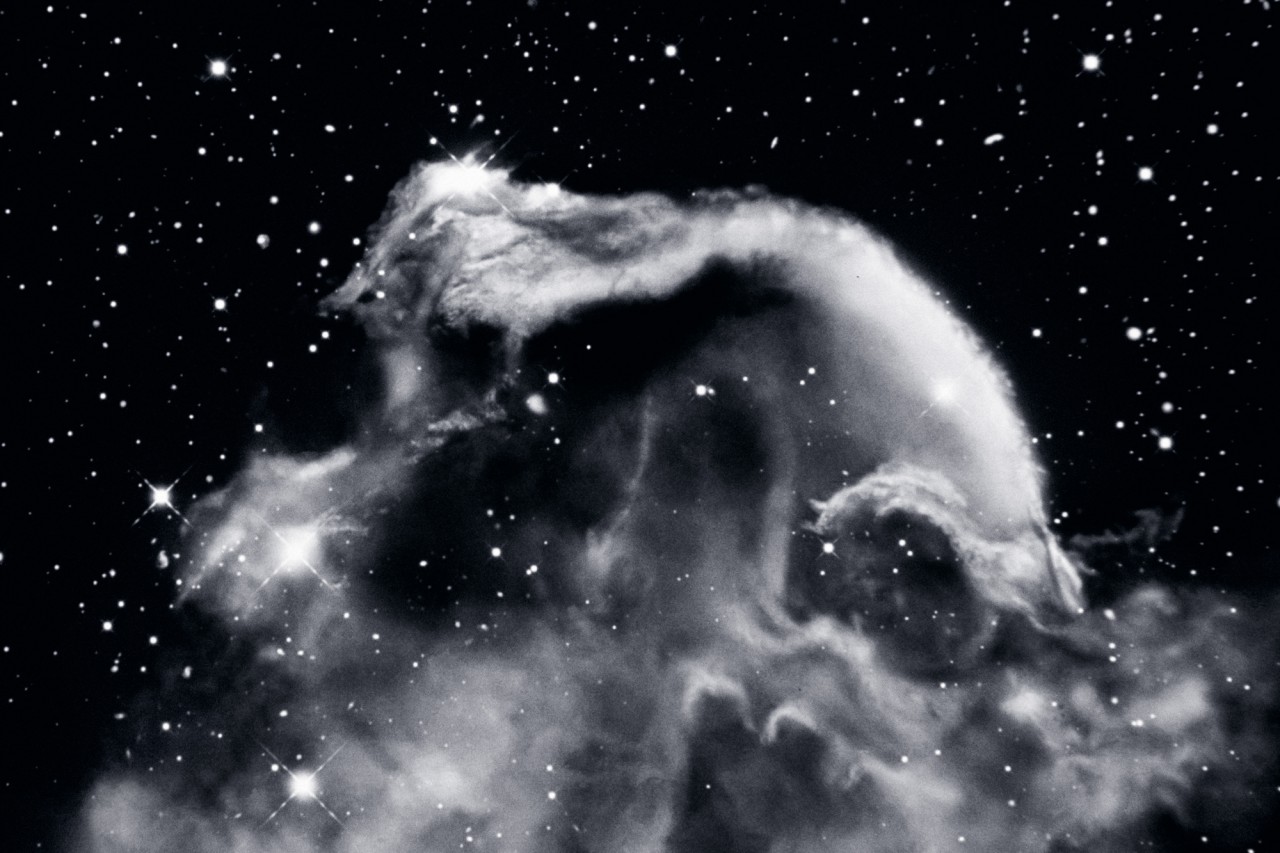ORNELLA FIERES Looks like you tried to go somewhere that does not exist
Event Type:
Solo Exhibition
Location:
Sexauer Gallery, Streustr. 90, 13086 Berlin
Date:
November 28, 2015 - January 09, 2016
Opening November 27, 2015, 6 pm

Ornella Fieres toys with our senses and wits. The artist
takes analogue and digital photographs. She takes
photos of reality and of images. Images that she paints
using the computer programme Photoshop and images
that become visible on screens. Some of the photographed
images resemble reality. Others are loose image
inventions. We can never be sure what it is that we are
seeing. This not-knowing relates to the images themselves
as well as the depicted. And even if Ornella Fieres’
photographs depict something that really took place, it is
never entirely clear whether what we see is a document or
a mise-en-scène. Ornella Fieres deceives our viewing patterns
and expectations but she also shows that we –children
of the internet age – can cope with that insecurity
without a problem.
At least since the beginning of the digital age the imagination
of only one reality has been abandoned. The
question about reality’s truth has become redundant.
Indexicality has become irrelevant in a world in which digital
images, besides photography, imitate reality to the
point that it has become impossible to recognise the difference.
And yet, the visual sense is the most important
one in the Internet age in which reality expands behind a
lit up surface. “ Looks like you tried to go somewhere that does not exist” is what a computer says after clicking on a link
whose target page has already been erased from the
Internet’s memory. This sentence, which is almost philosophically romantic, reminds us of the fact that behind the virtual universe there is a real human being which
has programmed the very same thing. Moreover, it is
reminiscent of the fact that ‘going’ has a different
meaning in relation to the Internet. There, we find images
of the ocean depth, the Amazon jungle or the Himalaya
right next to photographs of space – places that one
probably never will visit and see with ones own eyes.
Images that were made by using lenses of technical instruments
convey a specific reality just like NASA photographs
that are supposed to visualise everyday reality in
the universe.
The works of Ornella Fieres’ series 1887 (2015) are
versions of NASA images that have been ‘painted’ using
Photoshop. They show stellar formations. The artist
develops the digital image files that emerge from this
practice as slides, subsequently exposing them with the
help of a slide duplicator and sunlight on very sensitive
film. This means that we either get to see classical
analogue photographs that show depictions of reality by
use of data or loose image inventions. One gets to see the
Horsehead Nebula and the Pillars of Creation but also
star clusters which might not even exist. But as mentioned
earlier, indexicality does not play a role anymore.
The works in Fading Away (2015) are montages. Here,
the artist combines analogue photographs of worldly
realities with self-made Photoshop skies. “Fading Away”
(1858) is also the title of Henry Peach Robinson’s
(1830–1901) most famous photograph that has been
composed of 5 negatives. It shows a young girl dying.
Robinson had been one of the first to understand photography
as a form of the visual arts and not purely as a
natural imitation.
Photographs are responsible for the human perception of
the universe. Today, NASA images that have been
taken by the Hubble Space Telescope are almost unbearably
kitschy. The colour interpretations that are supposed
to visualize space rather exude irreality than scientificity.
For her works from the series 1887 and Fading Away,
Ornella Fieres takes away all colouring and thus, with her
black and white, quasi-documental visual language, rather
approaches the early photographs of Orion by
William Henry Pickering (1858–1938) than the colourful
images by NASA.
Yet, the transfigured romanticism of NASA’s photo
material has its origin on earth. The work S-68-56050
(2015) presents an unaltered NASA photo of a rocket
launch, purchased on eBay and taken in possession by
Ornella Fieres. It is likely to be an official press photo. It
looks as if it is manipulated and staged. The imagination
of adventure and quest is often bound to romantic,
glorifying visualizations. This aesthetics has preserved
itself in the digital era. And therefore the NASA images,
rather than presenting scientific documentation, propagate
an idealised vision which the artist opposes with her
own vision.
In the universe everything is connected through space,
time and light. Waves are omnipresent in light and sound,
sea and space. When different waves clash, interferences
arise just like in the images of the series Interferenz IV
(2015). The templates derive from found and acquired
old negatives which the artist scans and photographs
from the screen at the very moment they become visible.
Unlike the human eye a digital camera is not able to
reproduce a noisefree copy. Instead, colourful stripe
patterns emerge on the black and white screen. They are
nothing but interfering light waves. Unlike the shiny
surfaces of NASA images, scratches, fuzzes, and fingerprints,
that refer to the history of the footage, become
visible. Even if their exact origin and their connection to
the past were lost. In Interferenz IV medial levels mix with
footage of different origin and from different times, which
the artist bought on flea markets or eBay, including official
NASA photographs, film stills or private snapshots.
Ornella Fieres’ photos and images are analogue and
digital. Where they come from and in which context they
were created can not accurately be retraced. Whether they
show reality or they are made up is irrelevant. Several
temporal and spatial levels exist simultaneously and are
physically or visually connected to each other. They are
all real, just like the world of the Internet which expands
behind an illuminated screen and connects us to other
people, faraway continents and even space. Indexicality
does not play a role anymore. However, almost a surprising
somersault at the end: Concealed under the
postmodern play with realities an almost romantic feeling
appears in the works. Because there is one thing that
connects all of Ornella Fieres’ works: The odd atmosphere
in a lost time and a strong sentiment for the ephemeral,
the past and death. Could it be that time –the good,
old linear time – does play a role after all?
(This text is based on thoughts and excerpts from a
catalogue text by Tina Sauerländer.)
